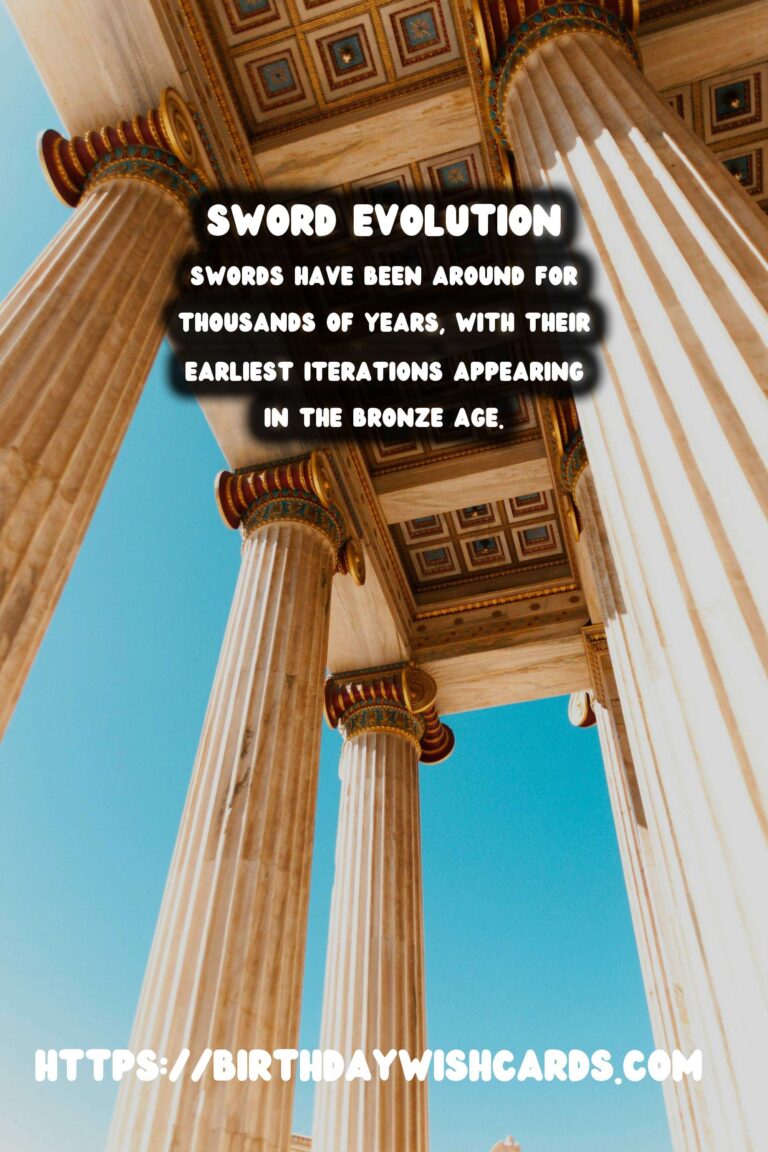
Introduction to the World of Swords
The allure of swords spans centuries, capturing the imagination and admiration of historians, collectors, and enthusiasts alike. These iconic weapons symbolize power, honor, and artistry. As tools of warfare and objects of beauty, swords have shaped history in myriad ways.
The Origins of Swords
Swords have been around for thousands of years, with their earliest iterations appearing in the Bronze Age. Initially crafted from bronze, and later iron and steel, swords were essential to the armies of ancient civilizations like Egypt, Greece, and Rome. Not only were they pivotal in warfare, but they were also symbolic in rituals and ceremonies throughout history.
The evolution from bronze to iron represented a significant advancement in metallurgy and design. This progression allowed for more robust and sharper blades, enabling warriors to leverage unprecedented advantages on the battlefield.
Swords in Different Cultures
Across cultures, swords have taken on distinct styles and unique cultural significance. In Japan, the katana is revered not only as a weapon but as a spiritual symbol. The process of making a katana is complex, requiring a skill that is passed down through generations and revered as an art form.
In contrast, European knights wielded swords like the longsword, characterized by its longer blade and the complex choreography of its combat style. Each culture’s distinct reach and design underscore the diverse needs and technologies of the times.
The Role of Swords in Warfare
Swords were indispensable on the battlefield for much of history, up until the late medieval period. With advancements in firearms and ranged weaponry, the role of swords transitioned from primary weapons to secondary ones. This gradual shift is a testament to the relentless evolution of warfare tactics and technologies.
Despite their reduced role in combat, swords remained vital in the military paraphernalia of armies, often used as symbols of rank and leadership rather than mass slaughter tools.
Modern Renaissance of Swords
Today, swords enjoy a resurgence primarily as collectible items and symbols of historical storytelling in films and media. The craftsmanship involved in making swords is celebrated more than ever, with artisans dedicated to reviving ancient techniques to cater to collectors worldwide.
Moreover, swordsmanship persists in martial arts worldwide, with disciplines like Kendo and fencing drawing from the rich legacy of sword use and technique.
The Art of Sword Collection
For collectors, swords symbolize a tangible connection to history and art. Collecting swords requires a deep appreciation for craftsmanship, history, and the cultural narratives each piece represents. From antique samurai swords to medieval European blades, each sword’s provenance adds a layer of intrigue and value.
Conclusion: The Enduring Legacy of Swords
Swords will forever remain a symbol of humanity’s journey through history—a poignant reminder of our innovations, conflicts, and alliances. Whether as revered artifacts or beautiful collectibles, the story of swords is a tale of evolution, art, and cultural pride that will continue to captivate generations to come.
Swords have been around for thousands of years, with their earliest iterations appearing in the Bronze Age. Today, swords enjoy a resurgence primarily as collectible items and symbols of historical storytelling in films and media. 



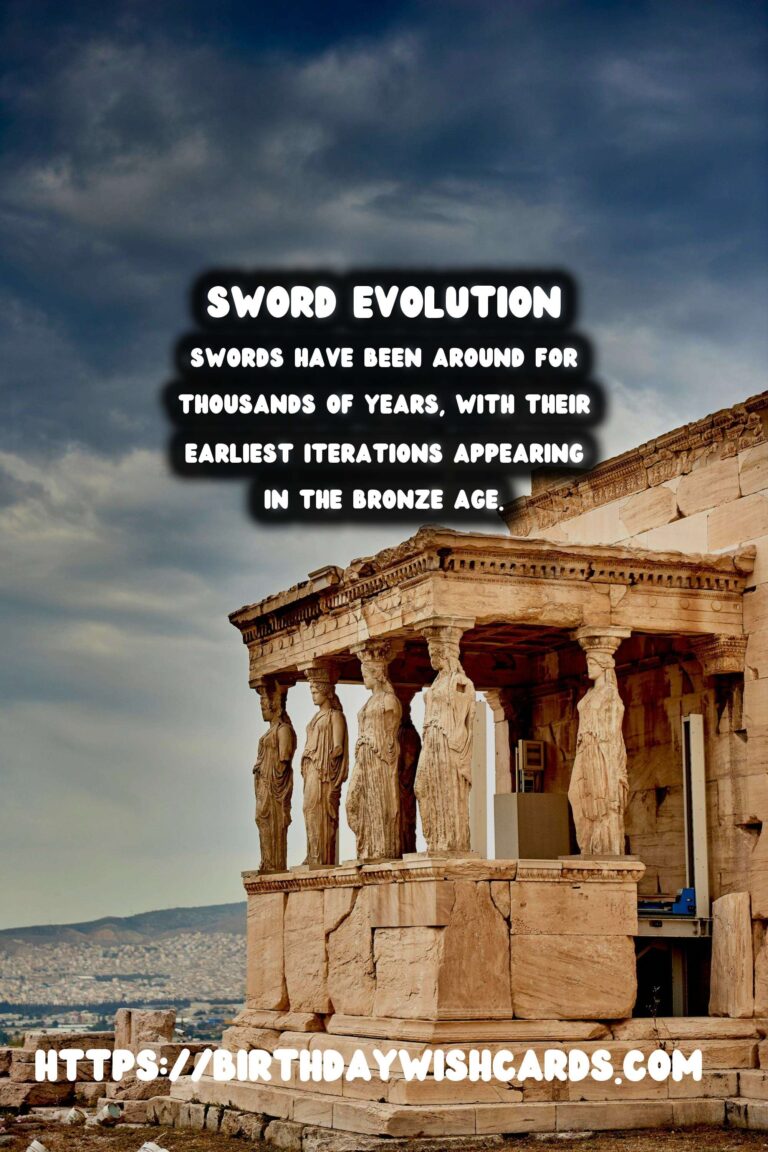
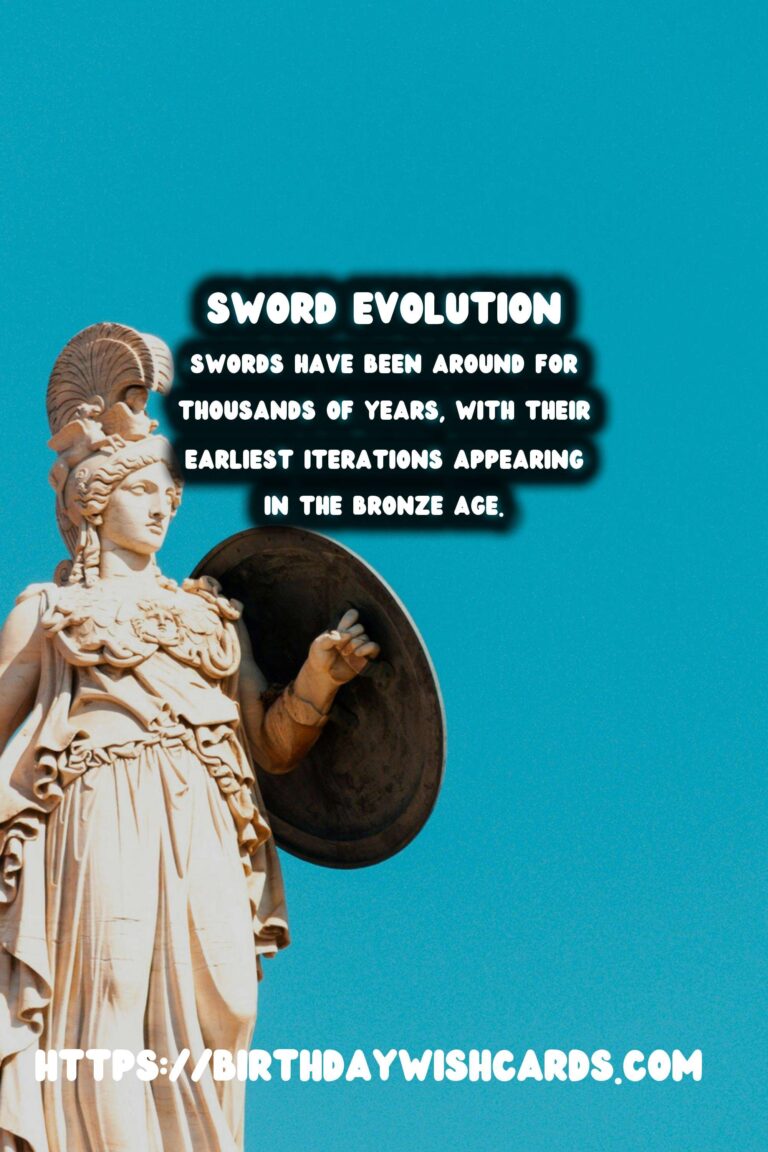
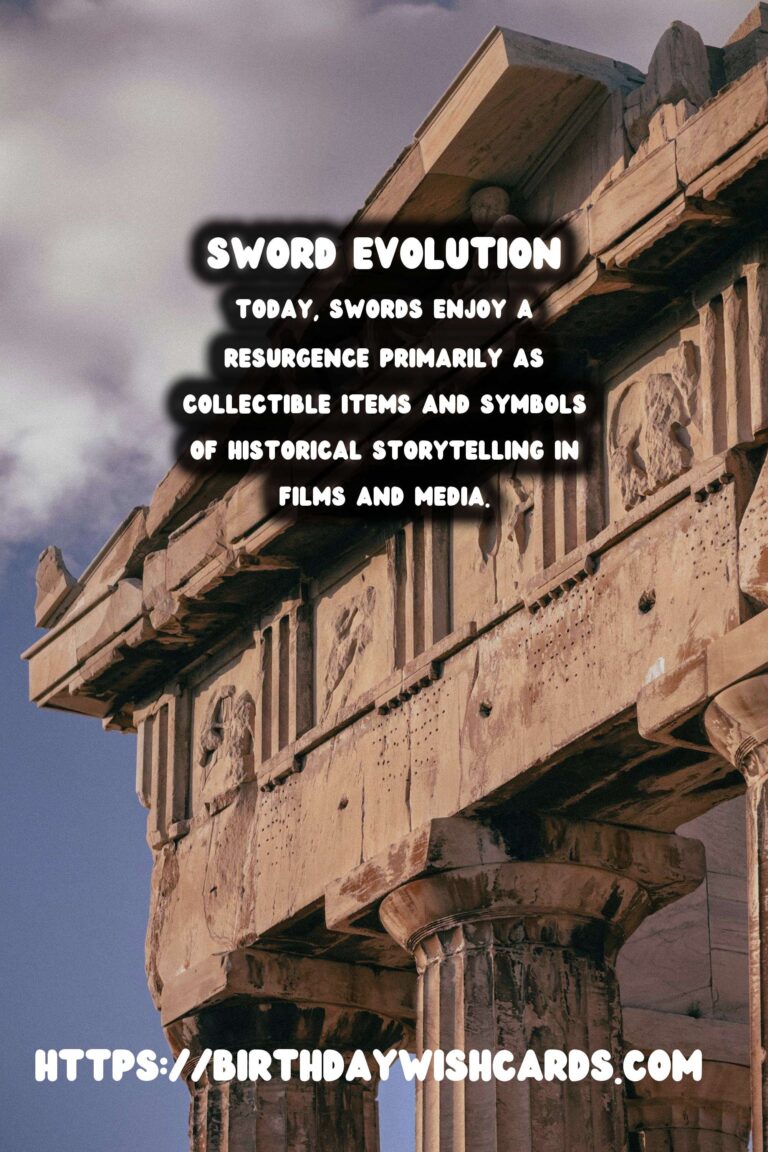
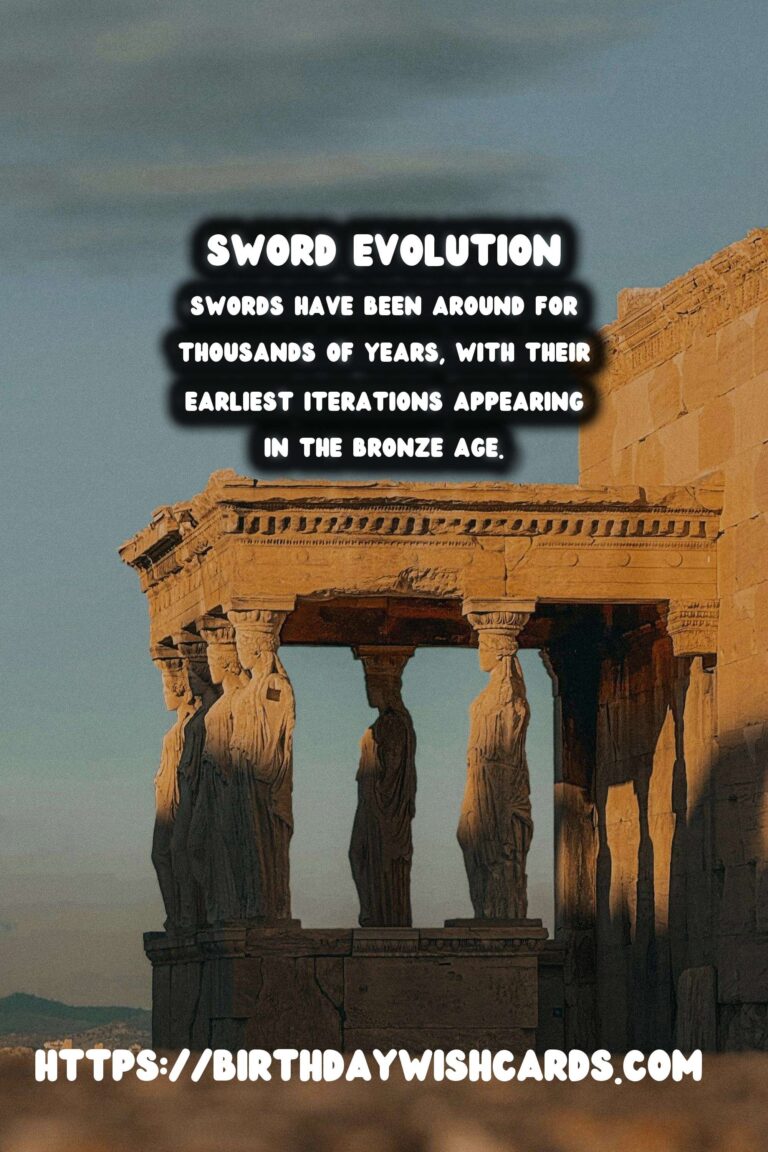
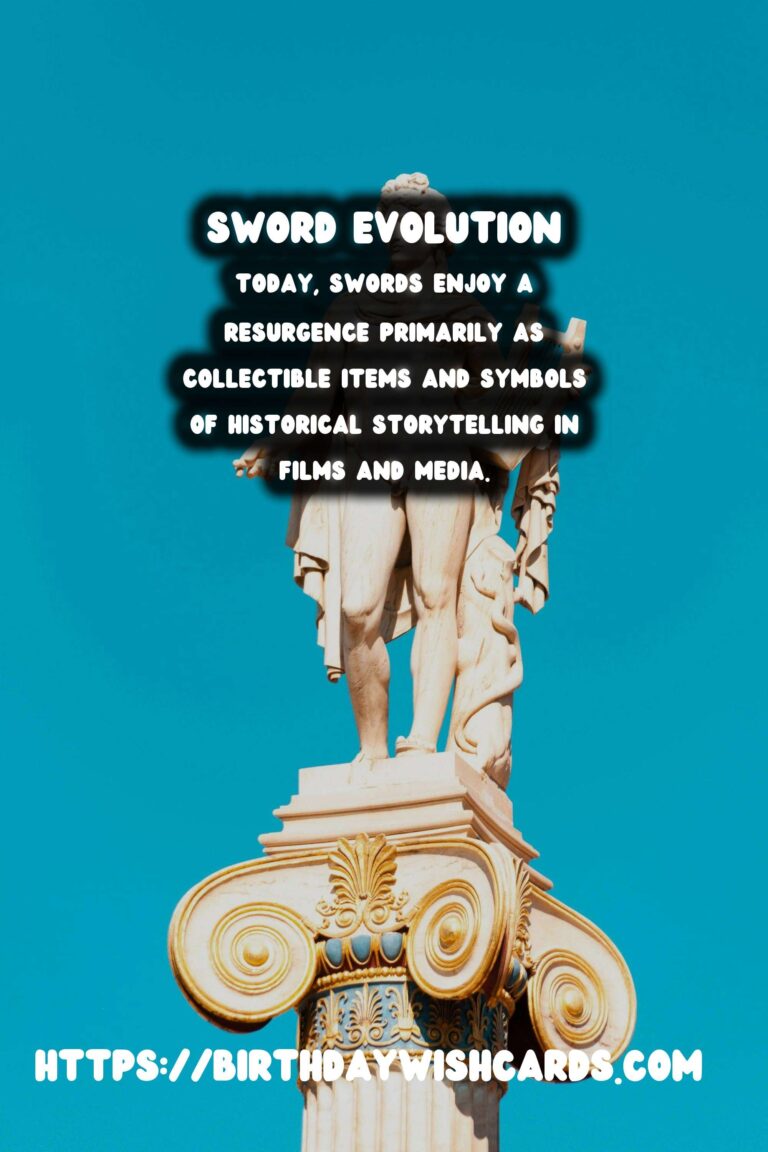
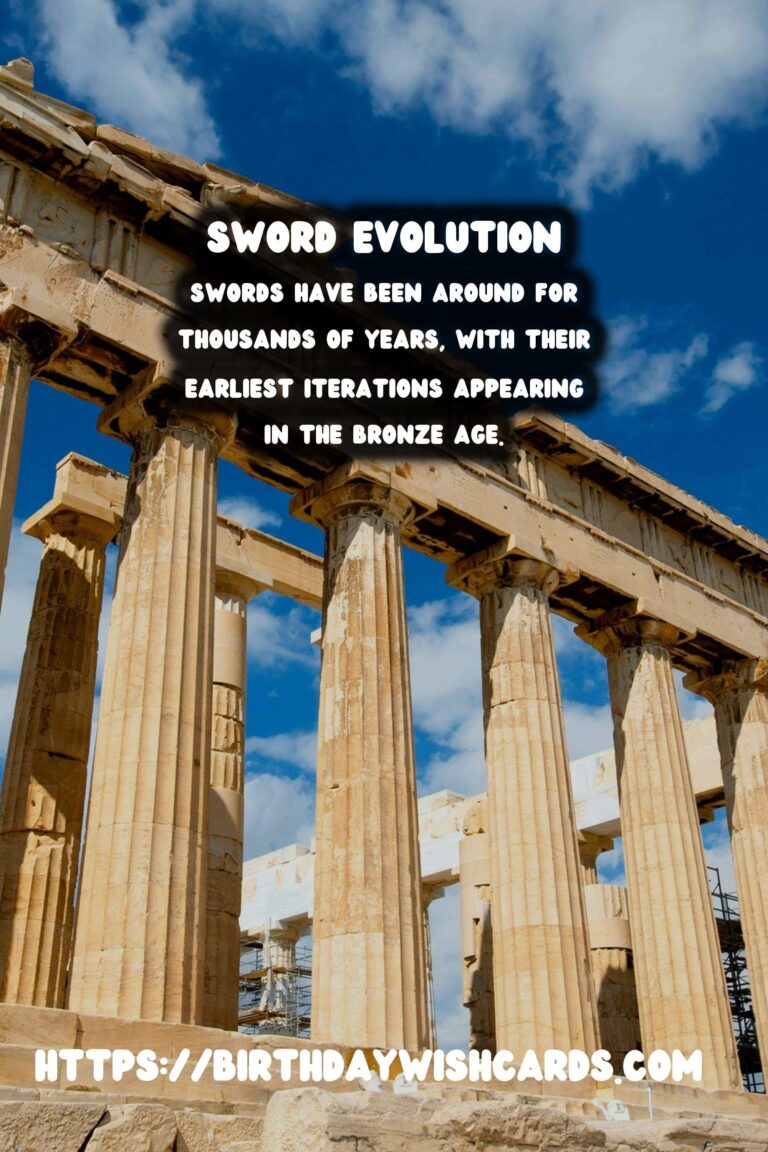
#historyofweapons #swordcollecting




